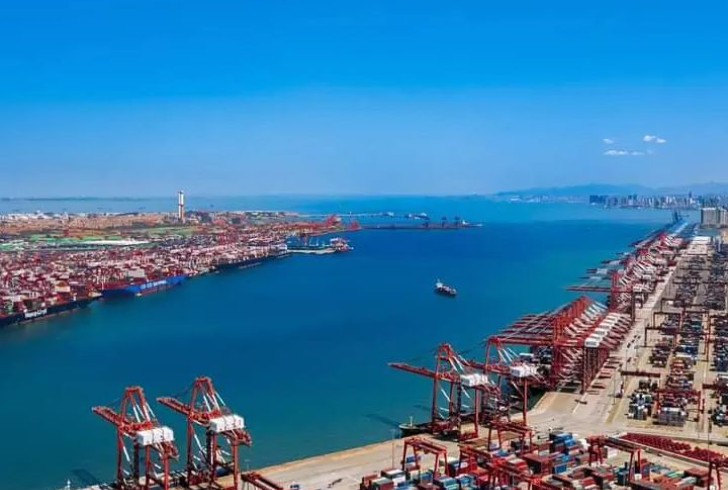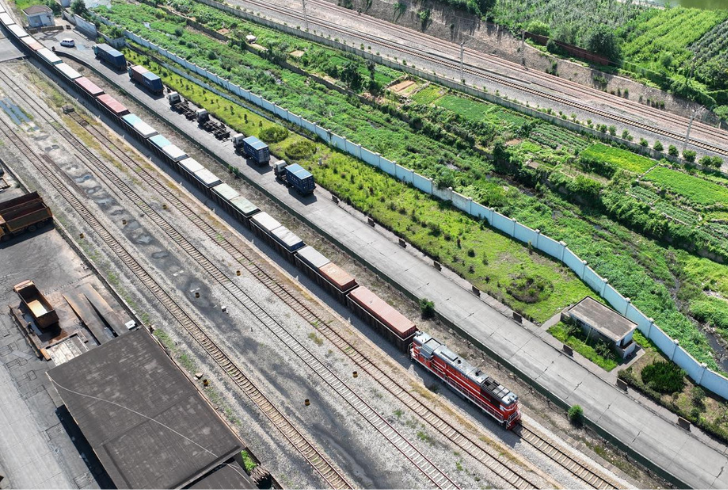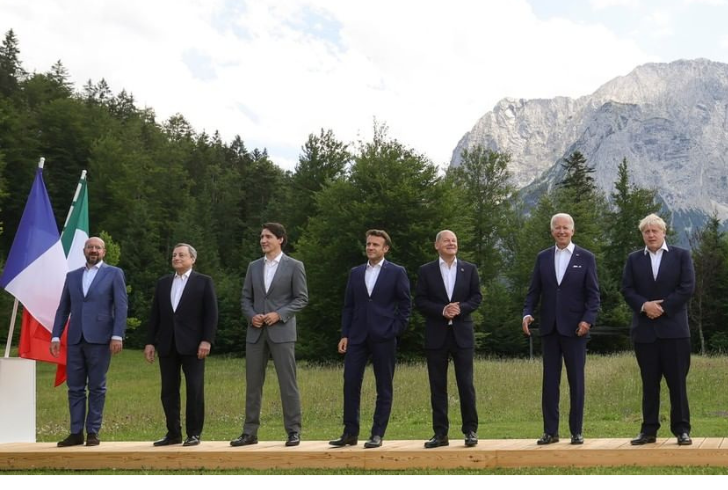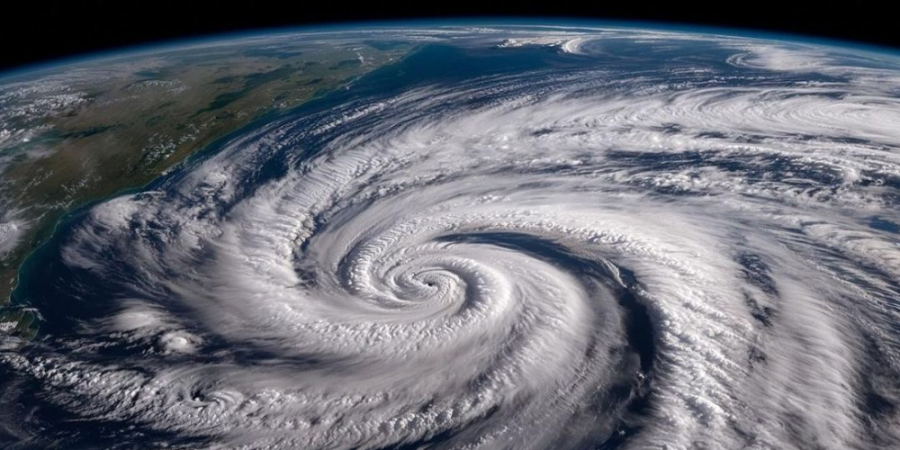China’s Belt and Road Initiative (BRI), once a beacon of global infrastructure development, has taken a sharp turn. From doling out trillions in loans for ports, roads, and power plants, the world’s second-largest economy now faces the daunting task of collecting on those debts.
This shift has thrust China into the unfamiliar role of the world’s largest debt collector, raising questions about the sustainability of its ambitious global project and its impact on developing nations.

Instagram | China’s Belt and Road Initiative (BRI), once a beacon of global infrastructure development.
The Rise of the New Silk Road
China’s Belt and Road Initiative (BRI), launched in 2013, was hailed as a global infrastructure marvel. With a staggering $1.3 trillion invested in projects spanning Asia to Latin America, the BRI aimed to revive ancient trade routes and bolster China’s global influence. Bridges, ports, and highways sprung up across continents, transforming landscapes and economies.
A Debt Trap
However, the BRI’s rapid expansion came at a cost. Many countries, lured by China’s generous loans, found themselves entangled in unsustainable debt burdens. AidData, a US-based research group, estimates that 80% of China’s BRI loans went to countries already in financial distress. The report reveals:

Instagram | 80% of China’s BRI loans went to countries already in financial distress.
- Mounting arrears: Overdue repayments are soaring, with 1,693 projects at risk and 94 canceled or suspended.
- Hidden costs: Opaque construction contracts awarded to Chinese state-run firms often led to inflated costs, making debt repayment even harder.
- Interest rate hikes: As global interest rates rise, debtor nations face an even heavier burden, with China sometimes doubling interest rates on late payments.
From Builder to Collector
As the bill for the past decade comes due, China is changing its strategy. Now, it’s concentrating on collecting debts and lessening the risk of countries being unable to pay back. This includes giving rescue loans to nations facing financial troubles through the BRI to help them get stable.
The rules for getting loans have changed a lot – at the beginning of the century, less than a fifth of projects needed collateral, but now almost two-thirds do. China is also trying new methods, like involving private investors and international partnerships, to reduce its risks in this situation.
The West’s Response
Seeing the challenges China’s debt burden may create, the West is taking action with its own infrastructure plans. In the US, the Build Back Better World (B3W) initiative is a response, aiming to balance out China’s BRI by giving clear and sustainable financing for infrastructure projects.

Instagram | The West is taking action with its own infrastructure plans.
In Europe, the Global Gateway program is stepping in with €300 billion to support projects involving crucial minerals, green energy, and transport corridors. It’s a way for the West to fill the potential gap and provide alternatives for responsible and transparent infrastructure development.
A Crossroads for Development
While China’s debt collection challenge presents a significant hurdle, it also offers an opportunity for the West to win back countries struggling under the BRI’s weight. By offering transparent, sustainable alternatives, the West can help developing nations build their infrastructure without falling into another debt trap.
This is just the beginning of the story. As the BRI saga unfolds, the international community must work together to ensure that infrastructure development serves as a catalyst for progress, not a burden for future generations.










